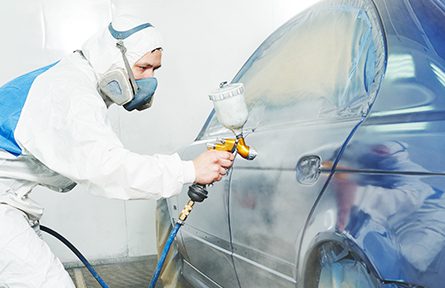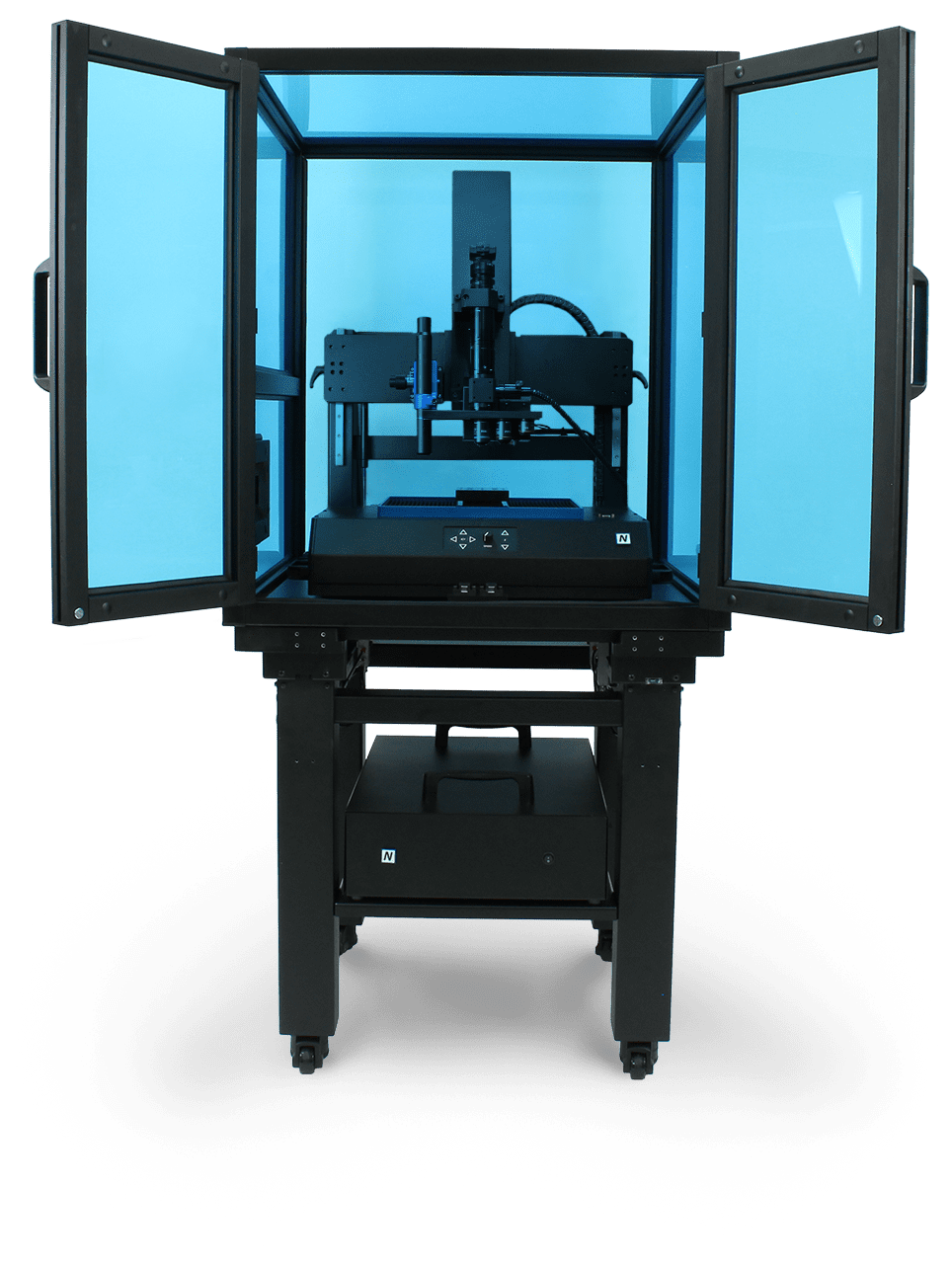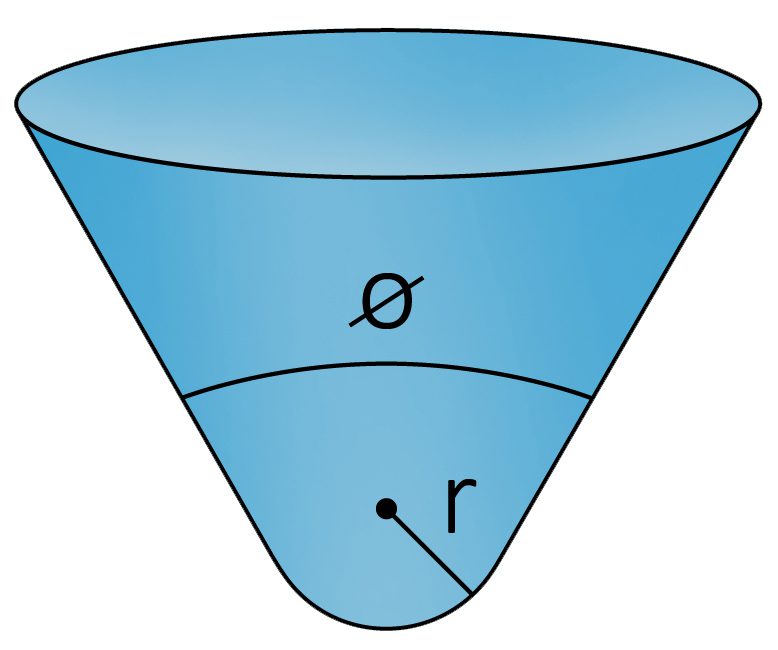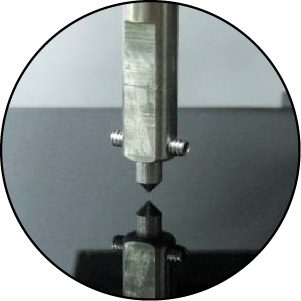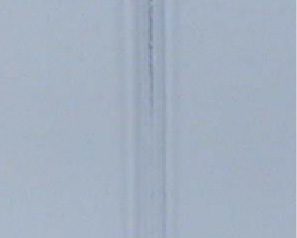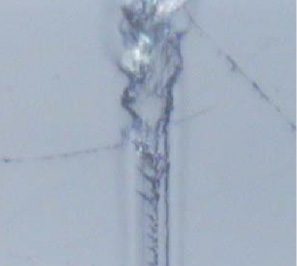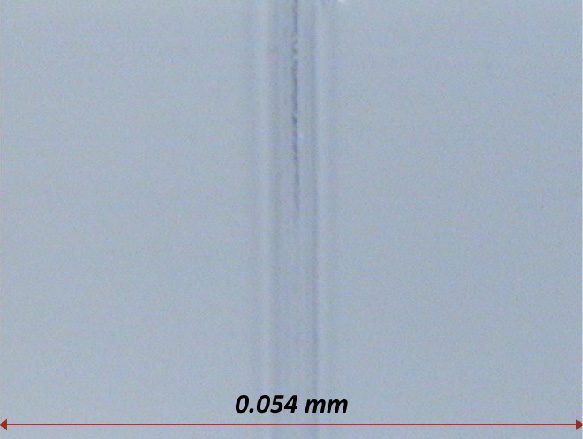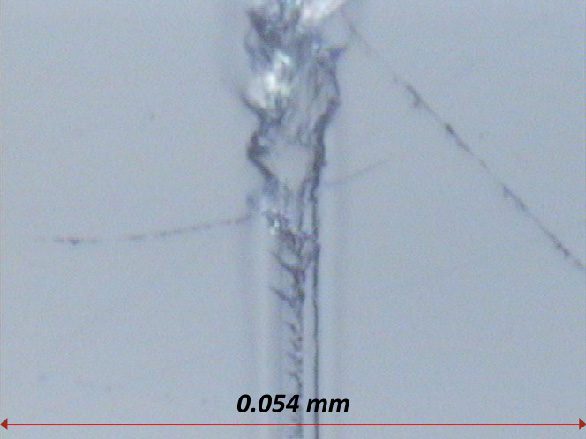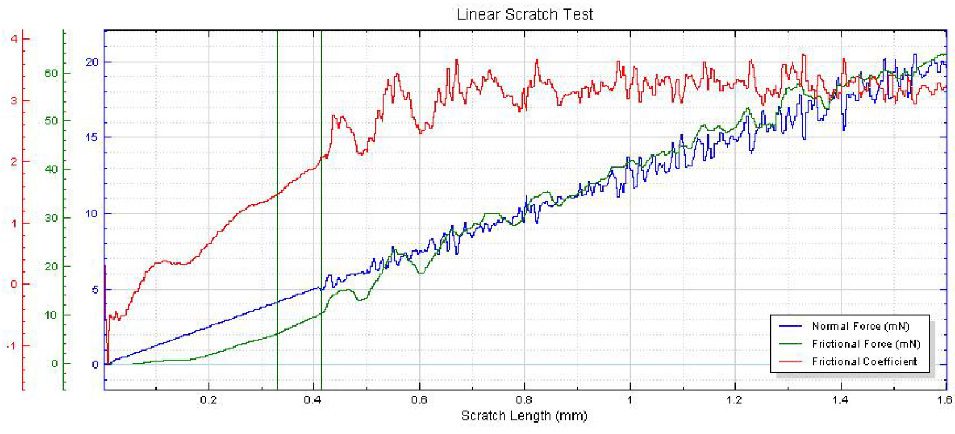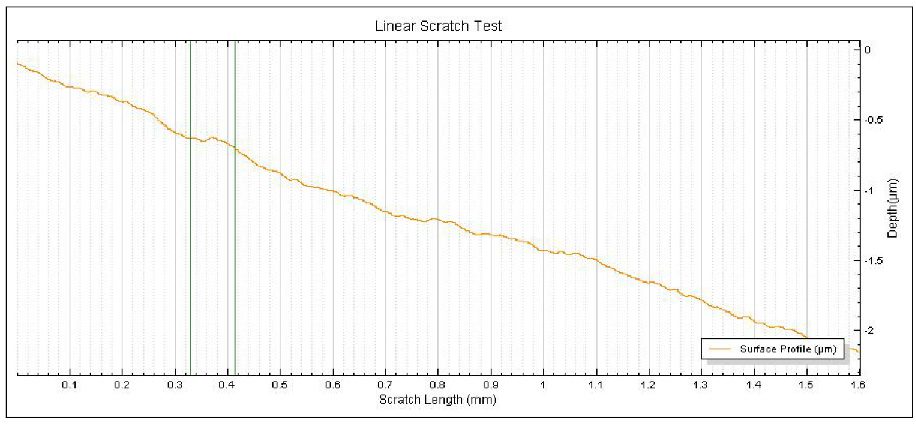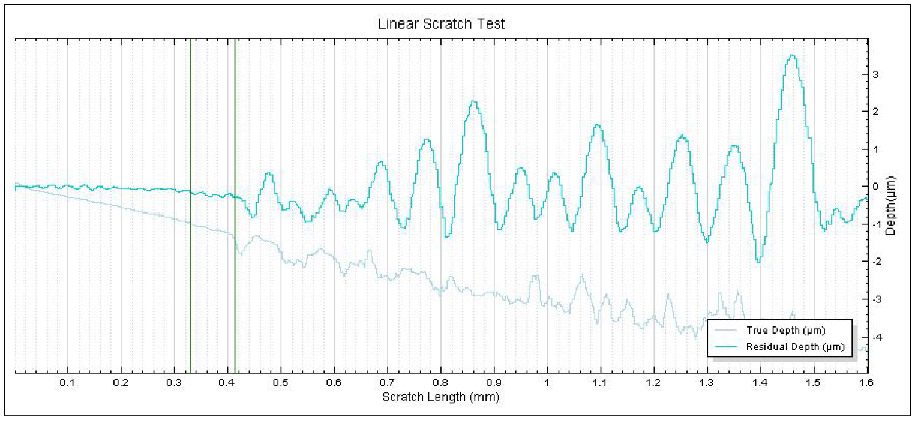INTRODUCTION
Paint with or without hard coat is one of the most commonly used coatings. We see it on cars, on walls, on appliances and virtually anything that needs some protective coatings or simply for aesthetic purposes. The paints that are meant for the protection of the underlying substrate often have chemicals that prevent the paint from catching on fire or simply that prevent it from losing its color or cracking. Often the paint used for aesthetic purposes comes in various colors, but may not be necessarily meant for the protection of its substrate or for a long lifetime.
Nevertheless, all paint suffers some weathering over time. Weathering on paint can often change the properties from what the makers intended it to have. It can chip quicker, peel off with heat, loose color or crack. The different property changes of paint over time is why makers offer such a wide selection. Paints are tailored to meet different requirements for individual clients.
IMPORTANCE OF NANO SCRATCH TESTING FOR QUALITY CONTROL
A major concern for paint makers is the ability for their product to withstand cracking. Once paint begins to crack, it fails to protect the substrate that it was applied on; therefore, failing to satisfy their client. For example, if a branch happens to stroke the side of a car and immediately after the paint begins to chip off the makers of the paint would lose business due to their poor quality of paint. The quality of the paint is very important because if the metal under the paint becomes exposed it may begin to rust or corrode due to its new exposure.
Reasons like this apply to several other spectrums such as household and office supplies and electronics, toys, research tools and more. Although the paint may be resistant to cracking when they first apply it to metal coatings, the properties may change over time when some weathering has occurred on the sample. This is why it’s very important to have the paint samples tested at their weathered stage. Although cracking under a high load of stress may be inevitable, the maker must predict how weakening the changes may be over time and how deep the affecting scratch must be in order to provide their consumers with the best possible products.
